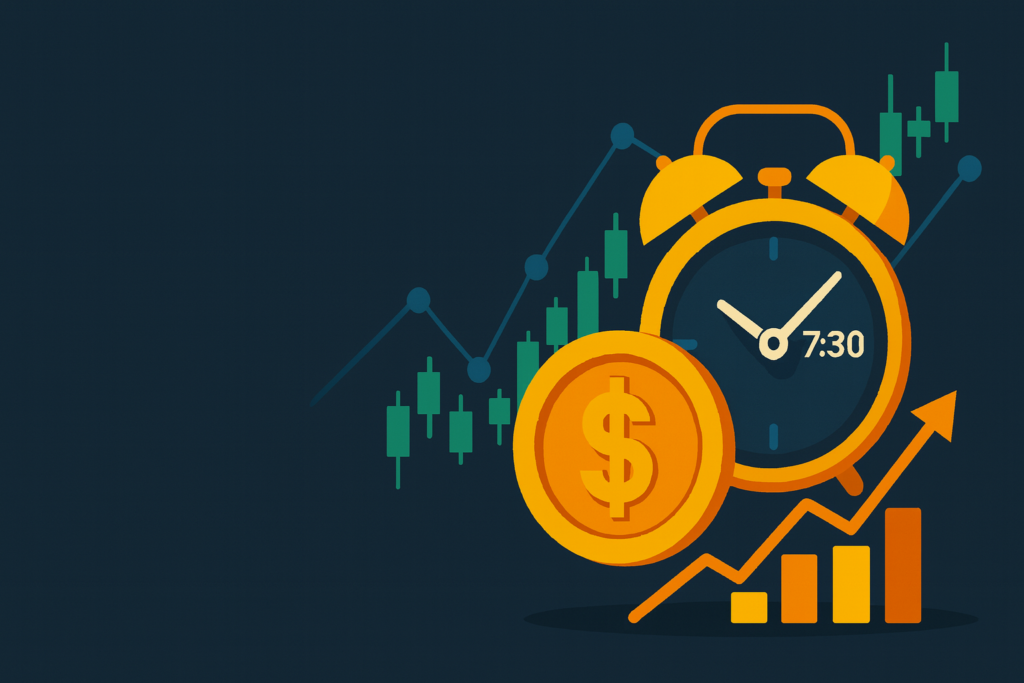Pre-market trading has become an increasingly important part of the stock market landscape, offering both opportunities and risks for active traders and institutions alike. Taking place before the regular market session (typically from 4:00 a.m. to 9:30 a.m. EST in the U.S.), this early-bird window can give traders a head start—if they know how to use it wisely.
What Is Pre-market Trading?
Pre-market trading refers to the buying and selling of stocks on major exchanges before the official market opens. While it was once accessible only to institutional investors, today many online brokers—including TD Ameritrade, Fidelity, and Robinhood—allow retail traders to participate.
Why It Matters
- React to Breaking News: Earnings reports, macroeconomic indicators, or geopolitical developments often drop before markets open. Traders use this window to price in fresh information before the opening bell.
- Price Discovery: It helps establish market sentiment and expected direction for the trading day.
- Liquidity Advantage: Institutions can quietly place large trades before retail volume surges.
Risks to Consider
Despite the benefits, pre-market trading comes with its own set of challenges:
- Low Liquidity: Fewer participants mean wider spreads and more volatile price swings.
- Less Transparency: Limited volume can distort actual demand or supply.
- Execution Uncertainty: Not all orders are fulfilled at desired prices; some may not be filled at all.
Who Uses Pre-market Trading?
- Institutional investors looking to adjust positions based on after-hours news.
- Retail day traders aiming to capture early volatility.
- Algorithmic traders using automated systems for split-second execution on economic reports.
Tips for Trading Pre-market
- Use limit orders, not market orders. This helps protect against unfavorable execution.
- Track overnight news. Watch financial news feeds like Bloomberg, CNBC, and economic calendars.
- Monitor futures. S&P 500, Nasdaq, and Dow futures often provide directional clues.
Final Thoughts
Pre-market trading isn’t for everyone—but for those who understand its unique dynamics, it can offer a competitive edge. Whether you’re reacting to earnings or gauging the market mood, trading before the opening bell requires preparation, discipline, and awareness of the added risks.







